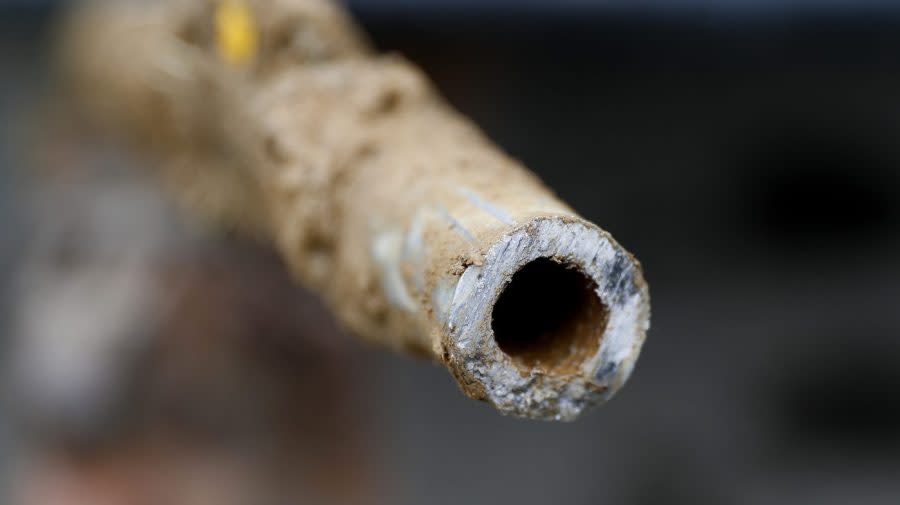EPA proposes requiring lead water pipes to be replaced in 10 years

The Biden administration on Thursday proposed to require drinking water pipes made with lead to be replaced in 10 years.
Under the Environmental Protection Agency’s (EPA) newly proposed “Lead and Copper Rule Improvements,” water systems would have to replace lead service lines in 10 years, with limited exceptions.
The proposal comes nearly a decade after the start of the Flint water crisis, perhaps the nation’s best known lead contamination incident. About 99,000 Flint, Michigan, residents were exposed to lead after a 2014 water supply switch caused lead pipes to corrode and resulted in the substance leaching into the water.
There is no safe level of exposure to lead, which damages children’s brains and nervous systems.
Mona Hanna-Attisha, a pediatrician who found high levels of lead in Flint children and drew attention to the issue, praised the rule in a press call with administration officials, saying she was “overjoyed.”
“These improvements ensure that in a not-too-distant future, there will never be another city and another child poisoned by their pipes,” she said.
There are currently about 9.2 million lead pipes serving water to homes in the U.S.
The EPA’s proposal would lower the level of lead in the water, at which systems are required to take action in the meantime.
Currently, if 10 percent of water samples are found to have at least 15 parts per billion of lead, water systems need to take mitigation actions.
The EPA’s proposal would drop that number down to 10 parts per billion.
“Moving from 15 parts per billion to 10 parts per billion is a very significant public health improvement. It is going to compel a significant number of water systems to be taking interim measures like corrosion control,” Radhika Fox, the EPA’s top water official, told reporters.
Compliance is expected to cost public water systems between $2.1 billion and $3.6 billion annually.
The Bipartisan Infrastructure Law signed by President Biden provides $15 billion to replace lead service lines. However, some outside estimates say the cost of actually doing so would be significantly more than that.
The agency’s lead water regulations were last updated under the Trump administration, which required speedier public notifications for potential lead exposure. But it stopped short of other changes that many advocates called for, and also cut down the percentage of lead service lines required to be replaced when high lead levels are detected.
For the latest news, weather, sports, and streaming video, head to The Hill.


